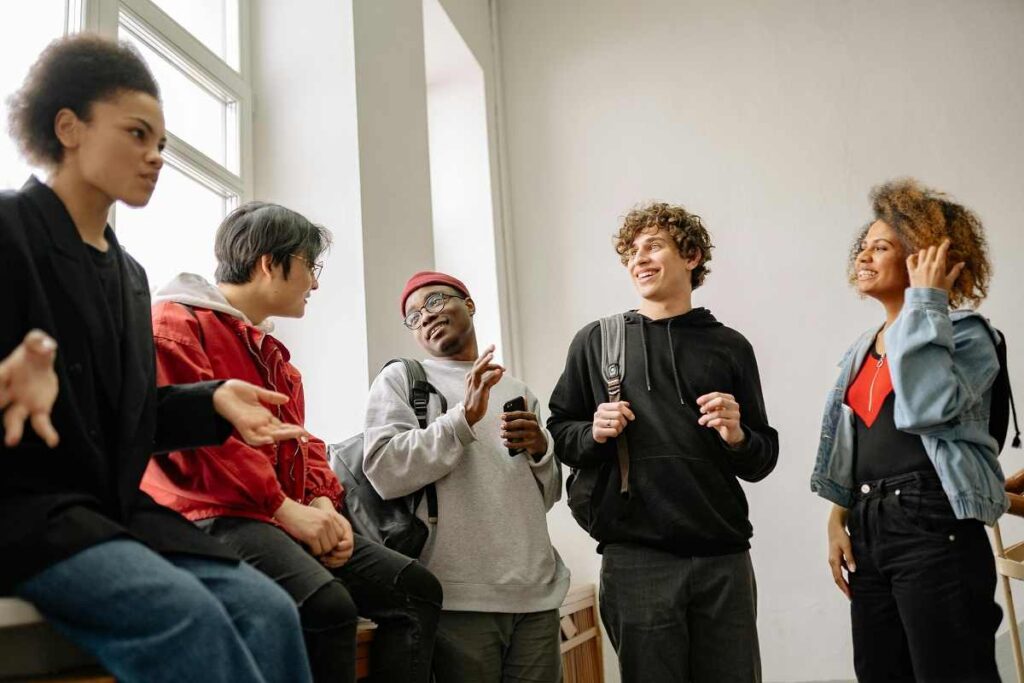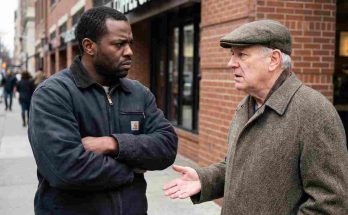
Netflix’s recent miniseries Wayward, created by Mae Martin and starring Toni Collette, got people talking about the dark side of “troubled teen” programs. The show takes place at a fictional reform school called Tall Pines Academy, where teens are put through harsh emotional exercises meant to “fix” them.
One of the most talked-about parts of the show is the “hot seat” — a group session where one person is singled out and harshly confronted by their peers before everyone is told to hug it out. In Wayward, these sessions are shown as manipulative and emotionally damaging. They’re inspired by real practices used in cult-like programs such as Synanon, where similar “attack therapy” methods caused real trauma.
At first, the “hot seat” looks like a terrible idea. But if you strip away the cruelty and keep only the core idea — open, honest confrontation and emotional connection — it could actually become a powerful tool for growth and healing in real life.
Here’s how it could work…
The Real Origin of the “Hot Seat”
The “hot seat” wasn’t invented by Netflix. It actually comes from Gestalt therapy, created by psychologist Fritz Perls in the mid-1900s. In its true form, the hot seat was used by therapists to help people become more aware of their feelings and behaviors in the present moment.
One person would sit in the “hot seat” while the therapist or group asked open, direct questions. The goal was not to shame them, but to help them face emotions they’d been avoiding — and to better understand themselves.
In Wayward, this idea is twisted into an abusive “attack” style. But the original version was meant to help people heal. If used correctly, it could do the same today — especially if the focus is on empathy and understanding, not blame.
1. Encourages Emotional Honesty and Breakthroughs
When done with care, a hot seat-style session can help people speak openly about things they usually hide. It lets people face emotional walls and move through them — which is why some therapists still use similar exercises.
Modern, healthy versions of the hot seat even focus on positive feedback instead of criticism. For example, in “strength bombardment,” people in the group take turns telling the person in the hot seat what they admire or appreciate about them. This can boost confidence, improve communication, and help resolve hidden tension.
In workplaces or friend groups, this kind of honesty can lead to better understanding and stronger teamwork.

2. Builds Stronger Bonds Through Vulnerability
One of the best parts of a healthy hot seat is connection. When people share openly and listen without judgment, it builds trust and closeness.
In Wayward, the “forced hug” feels fake. But in real life, when people choose to be vulnerable together — especially in a safe space — it can bring genuine healing. Couples, friends, or family members could use a guided hot seat to talk about issues that usually get swept under the rug. The key is to follow clear rules:
- No insults or shaming.
- Speak only from your own experience (“I feel…” instead of “You always…”).
- Always end with care and reflection.
Used this way, the hot seat becomes a bridge — not a weapon.
3. Makes Emotional Growth More Accessible
Group-based tools like the hot seat are more affordable and easier to organize than one-on-one therapy. They allow more people to get support at once and can be adapted for schools, workplaces, or community groups.
Even virtual versions — over video calls or in online support groups — can work well when guided by a professional. This makes the hot seat idea a scalable, modern tool for emotional wellness in our connected world.
How to Do It Right
To make the hot seat helpful (and not harmful), there must be clear boundaries:
- Always voluntary — no one should be pressured to take part.
- Adults — best for adults or supervised youth, avoiding vulnerable populations without oversight.
- Balanced approach — include positive feedback, not just criticism.
- End with care — allow time to reflect, comfort, and cool down.
With the right structure, the hot seat can turn confrontation into connection and discomfort into growth.
A Modern Twist on an Old Idea
Wayward shows how the hot seat can go wrong — but it also highlights how powerful honest emotional sharing can be. If done ethically, this same idea could strengthen friendships, deepen romantic relationships, and help teams grow closer. At its heart, the hot seat is about truth, vulnerability, and connection — three things we all need more of in the real world.
***
If you ever feel distant from someone you care about, don’t wait for a fight to bring truth to the surface. Invite them to a Hot Seat Night—an evening of honesty, laughter, and genuine connection. Because real relationships grow not just from time spent together—but from truth shared.
The Hot Seat Circle (For Small Groups or Families)
Purpose:
To build trust and emotional openness within a group.
Setup:
Gather 3–6 people in a quiet space and sit in a circle. The only rule: no judgment, no advice—just presence.
How It Works:
- One person sits in the hot seat.
- Others take turns asking a thoughtful question.
- The hot seat person answers openly.
- Listeners respond only with empathy or reflections.
- Rotate until everyone has taken a turn.
Sample Questions:
- What part of yourself are you trying to heal right now?
- When have you felt most misunderstood?
- What do you appreciate most about this group?
Optional Add-ons:
- Use a “talking object” (like a stone or card) to focus the group’s attention.
- Add 10 seconds of silence after each answer.
- End with each person sharing one word of gratitude.
The Real Magic of the Hot Seat
The Hot Seat isn’t about confrontation—it’s about connection. It says: “I trust you enough to tell you the truth.” Whether it’s between lovers, lifelong friends, or siblings, the hot seat opens a safe space where words become bridges, not walls. In a world where most conversations stay on the surface, the hot seat reminds us that honesty, when offered with kindness, can be the most loving act of all.
If you’ve watched the series, what do you think—could this concept be redeemed?


